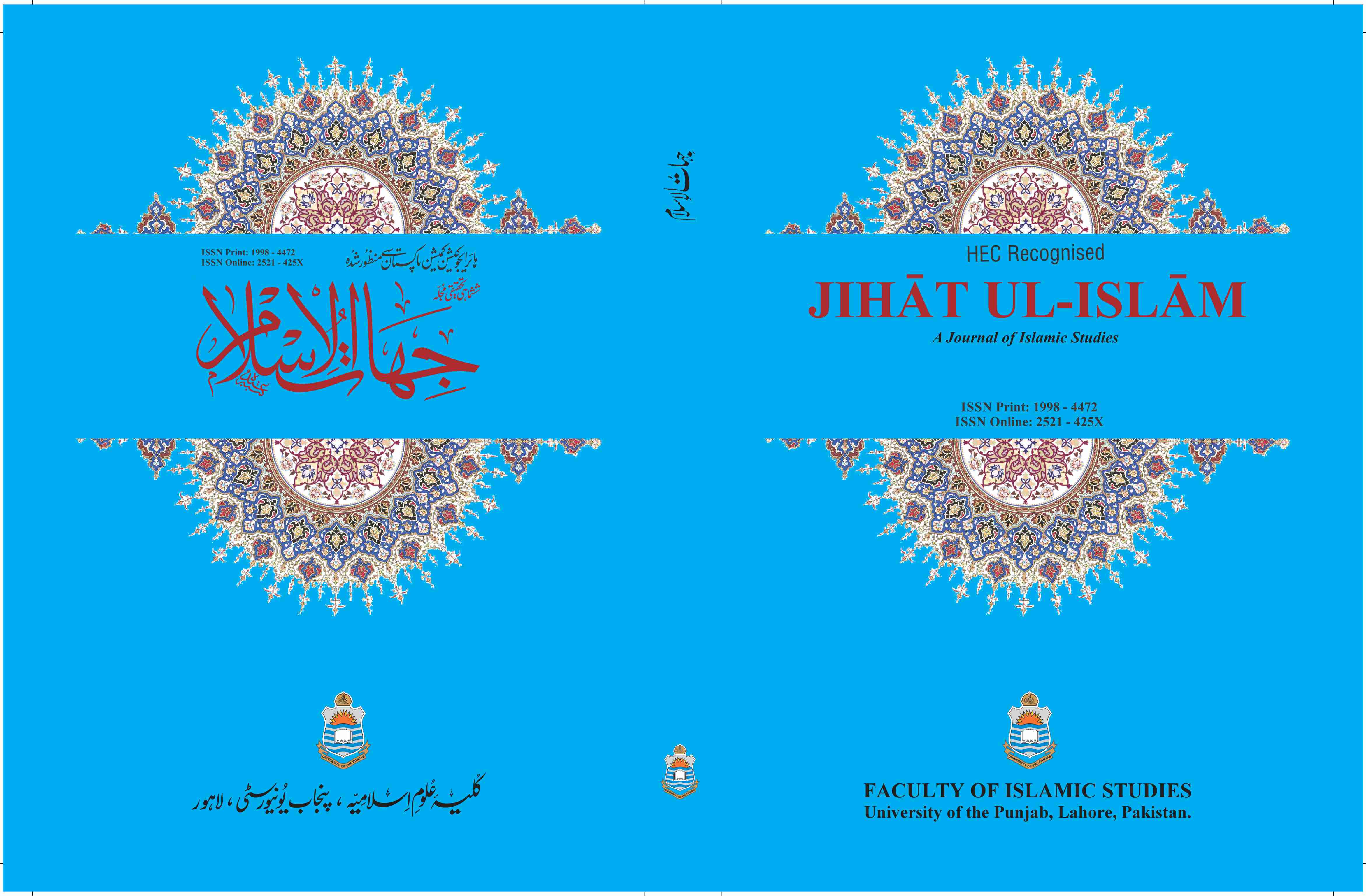ڈی این اے ٹیسٹ سے حدود قصاص کا اثبات اور عصری اجتہادات
Abstract
DNA or Genetic fingerprinting technology is the topic of the day. It has revolutionized the forensic science. Islamic Jurisprudence has its own procedure and priorities of evidences, which mainly depend upon eyewitness, personal evidence and testimony It was introduced in 1984. It is used in the dentification of parentage, forensic sciences, treatment and diagnosis of diseases. The sequence of base pairs varies from person to person and the relativity of persons is identified by identifying the matching of base pairs. The Contemporary International Institutions of Collective ljtihad have launched heavy discussions on this new evidence and reviewed relevant serious law making efforts based on it, which results in very valuable Fatāwā and resolutions, regarding the use of DNA techniques, as evidence in criminal cases and its limitations and scope in Islamic Jurisprudence. This article discusses and concludes that the genetic fingerprinting technique should be used for the attestation of the cases related to it, along with the traditional way to acquire evidences, even though, it does not have self-sustaining priority, but depends upon other evidences for making a judicial verdict. Like other forensic evidences, it has also errors and intervening factors that limit its accuracy. Therefore, the decisions of crimes liable to Hudūd. Qişās and Diyyat should not depend only upon DNA fingerprinting. Thus, we can say that in the absence of stipulated evidences, rebuking punishment may be sentenced on the basis the evidence of DNA.







